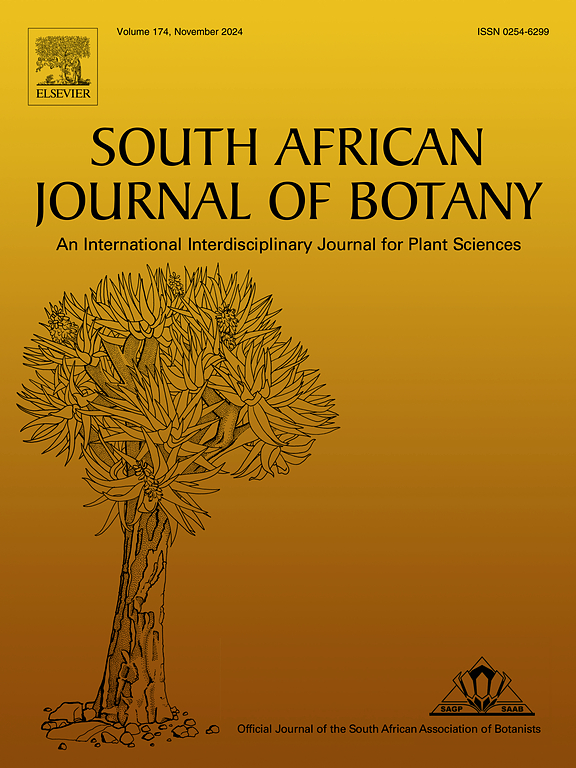蜂胶作为生物防腐剂在天然护发化妆品中的潜在应用研究
IF 2.7
3区 生物学
Q2 PLANT SCIENCES
引用次数: 0
摘要
化妆品部门对天然产品的需求增加,这直接影响到人类健康,就像在每个部门一样,石油衍生的、有毒的、诱变的和化学原料已经开始让位于天然和/或与自然相同的原料。然而,化妆品中必须使用的防腐剂,非常适合微生物生长,仍然是从合成和石油衍生原料中获得的。本研究在对蜂胶进行含量分析后,研究了蜂胶在一种药用植物和芳香植物配制的洗发水中的生物保护作用,并对添加不同蜂胶量的配方进行了微生物学分析、抗菌活性和稳定性分析。蜂胶,众所周知对癌细胞有毒性作用,用于癌症治疗,也研究了它对角质细胞(也称为皮肤细胞)的毒性作用。研究结果确定蜂胶在一定量后可以作为生物防腐剂使用,但在确定这个量时应注意确保它不会对皮肤产生毒性作用。本文章由计算机程序翻译,如有差异,请以英文原文为准。
Investigation of potential use of propolis as a biopreservative in natural hair care cosmetics
The demand for natural products has increased in the cosmetics sector, which directly affects human health, as in every sector, and petroleum-derived, toxic, mutagenic and chemical raw materials have begun to give way to natural and/or nature-identical raw materials. However, preservatives that must be used in cosmetic products, which are very suitable for microorganism growth, are still obtained from synthetic and petroleum-derived raw materials. In this study, after the content analysis of propolis, which has started to be used as a preservative in the food industry, its bioprotective effect in a shampoo formulated using medicinal and aromatic plants was investigated, and microbiological analyses, antimicrobial activity and stability analyses of the formulas obtained by adding different amounts of propolis were performed. Propolis, which is known to have a toxic effect especially on cancer cells and is used in cancer treatment, was also investigated for its toxic effect on keratinocyte cells, also known as skin cells. As a result of the study, it was determined that propolis can be used as a biopreservative after a certain amount, but care should be taken to ensure that it does not have a toxic effect on the skin when determining this amount.
求助全文
通过发布文献求助,成功后即可免费获取论文全文。
去求助
来源期刊

South African Journal of Botany
生物-植物科学
CiteScore
5.20
自引率
9.70%
发文量
709
审稿时长
61 days
期刊介绍:
The South African Journal of Botany publishes original papers that deal with the classification, biodiversity, morphology, physiology, molecular biology, ecology, biotechnology, ethnobotany and other botanically related aspects of species that are of importance to southern Africa. Manuscripts dealing with significant new findings on other species of the world and general botanical principles will also be considered and are encouraged.
 求助内容:
求助内容: 应助结果提醒方式:
应助结果提醒方式:


